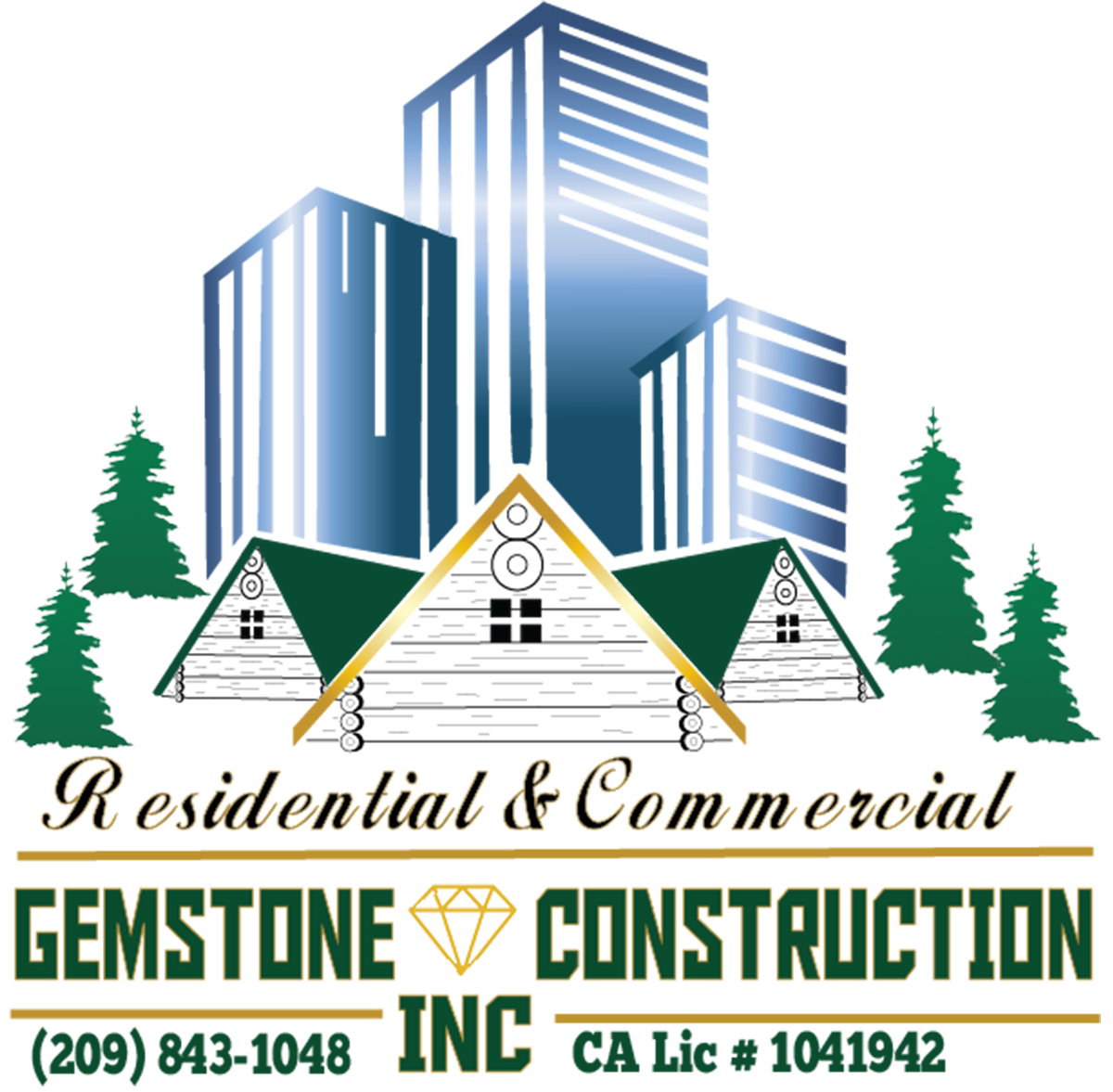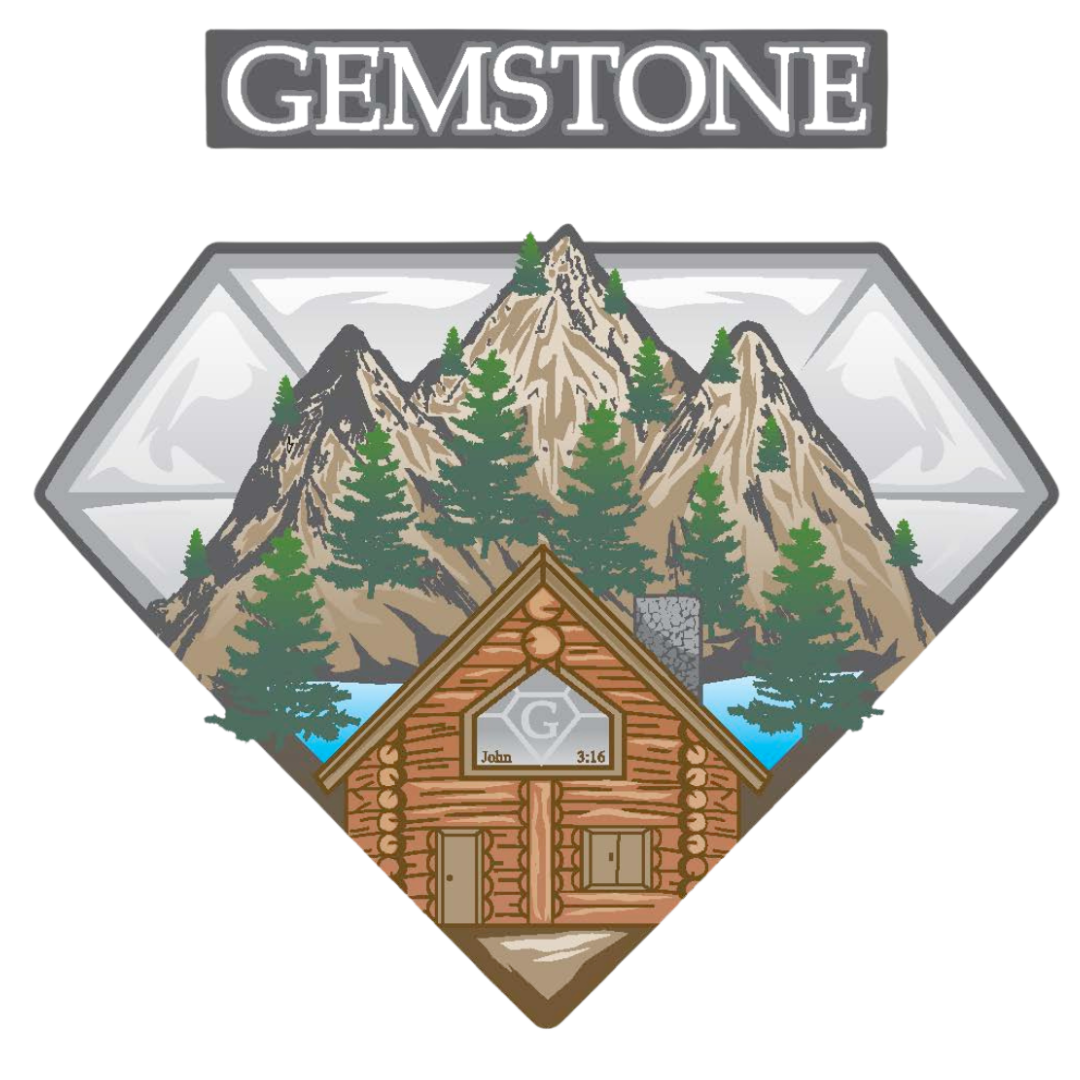GemStone Construction Blog
Choosing Between a Design Build Firm or Independent Architect
September 7, 2025 | Gemstone Construction | Sacramento, CA | USA
Building a custom home is a big decision, and the team you choose is just as important as the land and the layout. Many homeowners consider two clear paths. One is a single team that handles planning and construction together. The other is hiring an architect first, then selecting a separate builder to carry out the plans. Both paths can create a beautiful home when managed well. The right fit depends on how you prefer to make decisions, manage risk, and spend your budget.
This guide explains how each path works in simple terms and gives you a clear way to compare them. You will learn how the process moves from ideas to permit and then to construction. You will also see where time and money are won or lost. If you want a full view of the overall journey from planning through move in, you can learn more on our main custom home page, which explains how the full journey comes together for California projects. And if you want a deeper walk through of the integrated method step by step, you can explore this process guide to see how that path works from first idea to final walk through. The words design build vs architect will come up often here because that exact decision is what most owners are making.
Understanding the two paths for a custom home in California
Every project starts with a vision and a budget. The two common paths organize your team in different ways. In one path, a single company leads both the planning and the build. In the other, an independent architect leads design and then helps you bid the work to separate contractors. Both paths can meet code, pass inspections, and deliver quality results. The difference is how information flows, how changes are handled, and who is accountable at each step.
The first path uses one contract and one point of contact. The same team works on plans, pricing, scheduling, and construction, so the handoff is smooth and there are fewer gaps. The second path separates design and build. Your architect focuses on creative solutions, drawings, and specifications. Later a builder is selected to price and construct the plans. Each path asks you to manage decisions in different ways. Your comfort level with coordination and change will shape the best choice for you.
What a design build team does from the first meeting through move in
With a single team, planning and construction are coordinated from day one. Early meetings bring designers, estimators, and field leaders to the same table. Pricing and scheduling are updated as the design evolves, so surprises are reduced. The team can suggest materials or layout tweaks that hold the look you want while keeping the budget on track. This saves time and helps protect your priorities as drawings get detailed.
During construction, the same group that drew the plans manages daily work. Questions get answered faster because the people who designed the project are part of the build team. Change orders are still possible, but the impact is easier to understand because the full team sees the ripple effects. Many owners like the single point of accountability. It feels simpler because there is one place to call when you have a question or a concern. For a clear definition of this project method from a national authority, see the Design Build Institute of America overview.
What an independent architect does and how they coordinate with builders
An independent architect leads with design vision and client advocacy. You share goals, style preferences, and budget. The architect creates concept drawings and then develops detailed plans and specifications. These documents can then be sent to multiple builders for competitive pricing. This can help you compare bids and choose a contractor that fits your needs. Your architect can also observe construction to confirm that the work follows the plans.
Because design and build are separate groups, coordination is more formal. Questions during construction flow through the architect and then to the builder. Changes may require revised drawings and new pricing. Some owners prefer this separation because it gives them a dedicated design advocate. Others feel it adds steps. If you hire an architect in California, you can verify licensure and read hiring guidance from the California Architects Board, which offers a consumer guide to help you make informed choices.
Pros and cons of a design build approach
A single team can reduce friction. Communication is direct, and choices are weighed with price and schedule in view. Since design and construction work together from the start, the team can spot conflicts early and suggest practical fixes before permits. Owners often see fewer surprises in both timing and cost. This path can move faster in the early stages because there is no separate bid period. It also fits owners who want one accountable partner and a simple line of contact.
There are tradeoffs to consider as well. With one team, you are not running a wide bidding process with multiple builders after design. That can feel like less price competition to some owners. It also means you should take care in selecting a team with strong references and deep local experience. Clear scope, milestones, and open book pricing can build trust. A neutral explanation of how this and other delivery methods work can be found in an AIA primer on project delivery.
Communication and accountability under one contract
When planning and construction live under one roof, it is easier to get a straight answer. Designers and field leaders share the same goal and the same schedule. If a wall needs to shift or a window size changes, the conversation happens quickly. Fewer handoffs mean fewer opportunities for missteps. Owners can make decisions with live input on cost and time, which lowers stress. This is appealing for busy families who want clear updates and a predictable path.
Accountability is also straightforward. If something needs attention, there is no confusion about who is responsible. The same team that designed the plan is on site to make sure the plan works. This does not remove every risk, but it does give you one partner who owns outcomes. Many owners choose this path because it matches how they like to manage other parts of life. One promise, one plan, and one team that stands behind the result. A national overview supports the growth of this method across many project types.
Budget visibility and value engineering during design
When designers and builders collaborate early, they can test ideas against real prices. If a feature adds too much cost, the team can propose an alternative that keeps the look while saving money. This protects the overall vision and reduces late stage changes. Owners stay in control because budget and design move together. Small adjustments in layout or materials can free funds for features that matter more to you.
This early collaboration often shortens the path to permit. Drawings are developed with constructability in mind, so details are easier to build. The field team will flag items that could cause delays long before ground is broken. Owners appreciate this steady visibility. It feels like driving with a clear map instead of guessing what comes next. For third party definitions of these delivery methods, review the AIA primer that outlines common approaches.
Pros and cons of hiring an independent architect
An independent architect offers design leadership and creative range. You get a dedicated advocate for your goals during planning. Because bids can be taken from multiple builders, you may gain price comparisons at the start of construction. The separation can create strong checks and balances, which some owners value. This path can be a great fit when design uniqueness is the central priority and you enjoy being hands on with decisions.
There are challenges to plan for. When changes occur during construction, the process can be slower because new drawings and updated pricing may be needed. Coordination among separate parties can add steps if disagreements arise. Owners must stay engaged to manage communication between the architect and the builder. That is very doable, but it needs time and attention. The California Architects Board provides guidance on contracts, scope, and professional roles that can help you prepare.
Design advocacy and competitive bidding advantages
A skilled architect can translate your tastes into a home that feels custom from every angle. You get detailed drawings and specifications that capture both form and function. Once documents are complete, you can request bids from multiple builders. That can create a sense of market check on price at the start of construction. Your architect can help you compare proposals so you can weigh tradeoffs clearly.
During construction, your architect can observe work and review shop drawings to confirm that the intent is met. This added oversight can be comforting for owners who want a second set of eyes. It is not a promise of perfection, but it is a thoughtful layer of quality control. Many owners who love design details enjoy this path. They want a design advocate through the full journey and are comfortable coordinating with a separate builder.
Coordination effort and change management during construction
When design and build are separate, questions and changes move through more steps. A field issue may need a quick sketch or a revised detail. That revision then goes back to the builder for pricing and schedule impact. None of this is bad. It just takes time and careful tracking. Owners who are organized and patient can manage this well. Clear communication and a good contract help the process run smoothly.
Because there are more handoffs, there is more chance for misunderstandings. A small error can ripple if it is not caught early. This is why regular site meetings and written updates matter. It keeps the team aligned and focused on outcomes. If you choose this path, protect yourself by hiring licensed professionals and verifying credentials. The state offers simple tools to confirm licensing for architects and contractors.
How to choose between design build vs architect for your goals
The best choice starts with your priorities. Think about how you make decisions and how you want to spend your time during the project. If you want one accountable partner and faster coordination, a single team may fit. If you enjoy comparing bids and want a dedicated design advocate, an independent architect may be right. Your site, timeline, and budget will also shape the answer. Complex sites can benefit from early collaboration across roles.
It also helps to look at how you handle changes. Every project has moments where something shifts. On a single team, price and schedule updates are visible as the design evolves. With separate teams, plan on more formal steps. Neither path is wrong. Both can work well when expectations are clear. The phrase design build vs architect captures this simple truth. You are not choosing good versus bad. You are choosing the path that fits how you want to work.
Match timeline, budget control, and decision style to the right path
If your schedule is tight, an integrated team may reduce the time from ideas to permit because there is no separate bid period. If budget control is your top concern, early pricing during design can prevent surprises later. If you prefer to compare multiple builder proposals, the independent route lets you review bids side by side. Your decision style matters too. Some people want one call for answers. Others enjoy leading a team of separate experts.
Think about your comfort with uncertainty. A custom home will bring choices and changes. Ask yourself which structure will help you sleep better. Do you want one team to manage trade partners and resolve field questions directly. Or do you want an architect to speak for your design while a separate builder manages the day to day. Say your preference out loud and see how it feels. If it feels calm, you are on the right track. For neutral reference on these methods, see the AIA overview of delivery terms.
Project size, site complexity, and permitting considerations in California
Steeper sites, long driveways, and special soils create real constraints. So do creek setbacks and oak protection rules in parts of Northern California. An integrated team can study these issues during planning and adjust drawings with field input before you submit permits. That can prevent multiple round trips with the city or the county. An independent architect can also handle these challenges well with strong civil and structural partners. The key is early investigation and clear coordination.
Permitting in California is detailed and must be followed. Plan reviewers look for complete drawings, correct codes, and accurate energy forms. Having the right team and a thorough set of documents helps speed approvals. You can also protect your project by verifying that your professionals hold the correct licenses. The California Architects Board explains how to check architect licenses. The state license board offers tools to check contractor status. These checks take only a few minutes and offer real peace of mind.
What Northern California homeowners should know before deciding
Local cost drivers can shape your choice. Labor availability, material pricing, and distance to suppliers all move the budget. When one team handles both design and construction, they can tune the plan to local prices in real time. That can help you keep costs in line without giving up style. If you prefer a separate design advocate, ask your architect to involve local builders during planning. Early input from the field can prevent surprises after permit.
Availability also matters. In some seasons, strong teams book out months ahead. If you want to build sooner, ask about the earliest start dates each path can offer. Your site conditions, like slopes or long utility runs, may push you toward deeper collaboration. Your personal preference may pull the other way. Test both options with interviews and references. Then choose the partner who listens well and can explain the plan in plain language. This is where the comparison of design build vs architect becomes very practical.
Local cost drivers and market availability of teams
Northern California markets can shift quickly. Wildfire rebuilding, school calendars, and public projects can all affect labor and materials. A single team can adjust to these conditions faster because pricing and schedules are part of daily operations. An independent architect can also manage these shifts by updating specs and coordinating with your chosen builder. The core idea is the same. Keep information fresh and make decisions with current facts, not guesses.
Ask each team to explain how they track cost movement and lead times. Shortages in windows, electrical gear, or roofing can add weeks if not planned early. Great teams will give you options and rank them by cost, schedule, and quality. They will also be honest about tradeoffs. This is the kind of clarity that keeps projects calm. If you hear clear plans and plain words, you are in good hands. For neutral learning about delivery methods, the AIA resources are helpful and current.
Permits, licensing, and how to verify the professionals you hire
Trust is built on proof. Before you sign, confirm licenses and insurance. The California Architects Board website explains how to verify an architect. The state contractor board offers a fast license check. These tools show status and can reveal consumer complaints. They are free and easy to use. They help you start your project on a solid foundation.
Frequently asked questions
Is it cheaper to hire a design build firm or an architect with a separate builder?
Cost depends on scope, site, and speed of decisions. A single team can reduce design time and may shorten the path to permit, which can lower soft costs. Early pricing during planning can also prevent late stage changes, which protects the budget. With a separate architect, you may compare multiple builder bids, which can create a sense of price competition at the start of construction. Some owners value that comparison. The right choice is the one that keeps your plan on budget and helps you make timely decisions. For neutral background on delivery methods, see the AIA primer that explains different paths and how they balance cost and control.
ll need an architect if I hire a design build firm?
Yes, you still need licensed design professionals. In a single team, architectural design is handled within the team or by a partner firm. You still benefit from creative problem solving and code knowledge. The difference is that design and construction collaborate earlier and share the same schedule and budget targets. Many owners like that alignment because it reduces surprises. If you hire any design professional in California, you can verify licensure with the state. The consumer guide explains the steps and shows what to look for in a written agreement.
Can I switch from an architect to a design build firm in the middle of a project?
Switching is possible but needs care. First, check your contract with the architect to understand rights, responsibilities, and how drawings can be used. Second, ask the new team to review existing plans and confirm what can be kept as is. Third, plan for a short rework period so the new team can align drawings with their construction methods and schedule. The goal is to protect your design intent while smoothing the path to build. A calm, step by step handoff will save time later. For licensing checks on all professionals, the state makes it easy to verify status online.
Choosing between these two paths is about the way you want to work and how you prefer to manage decisions. Both can deliver a beautiful home when communication is clear and expectations are set early. Think about your timeline, your comfort with changes, and how much day to day coordination you want to handle. If you want to see how a unified team plans and builds under one roof, you can explore a deeper explainer here that shows how this method moves from first ideas to permitting and into construction at a steady pace. Use what you learn there to confirm which structure feels calm and practical for you.
If you are ready to talk through your goals and get a plan that fits your site, your budget, and your timeline, contact Gemstone Construction to get started on your custom home. Our team will listen to what matters most to you, review your land and early ideas, and outline a clear path from planning to build without confusion. A short conversation can answer the questions that have been holding you back and help you decide on the right team structure with confidence. You deserve a process that feels simple and a home that feels like you. Reach out today and let Gemstone Construction guide your next step.
About Gemstone Construction
Gemstone Construction is a premier custom home and commercial building contractor serving Northern California, including the Sacramento area. Specializing in
custom log homes,
luxury home builds,
residential metal building construction, commercial construction and
commercial metal building construction. We bring craftsmanship, attention to detail, and personalized service to every project. From designing dream homes to building cutting-edge commercial spaces, our dedicated team ensures that each build reflects our clients' unique vision and exceeds expectations. Trust Gemstone Construction to transform your ideas into reality with integrity and excellence.
Learn more about Gemstone Construction

Contact Information



